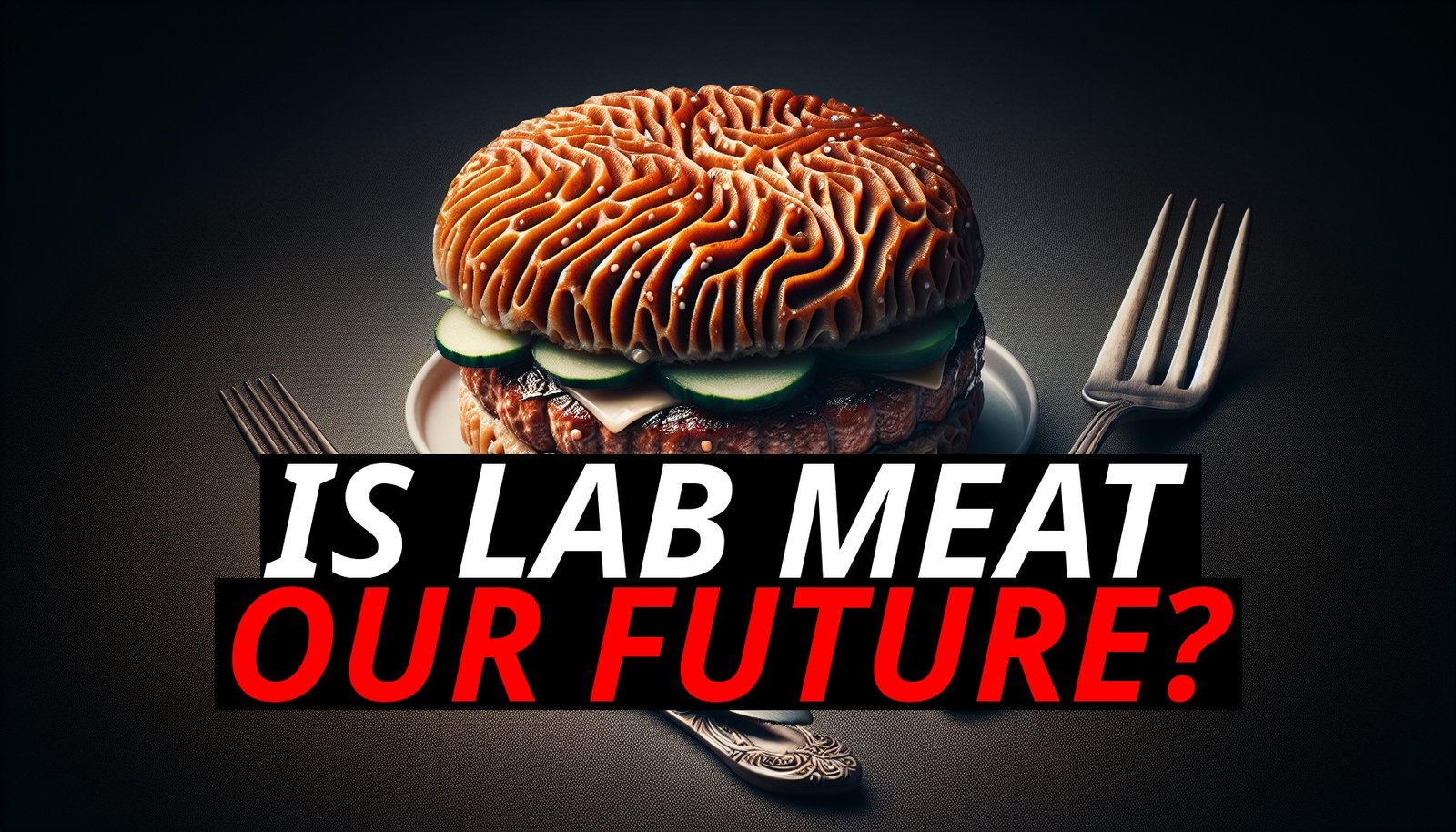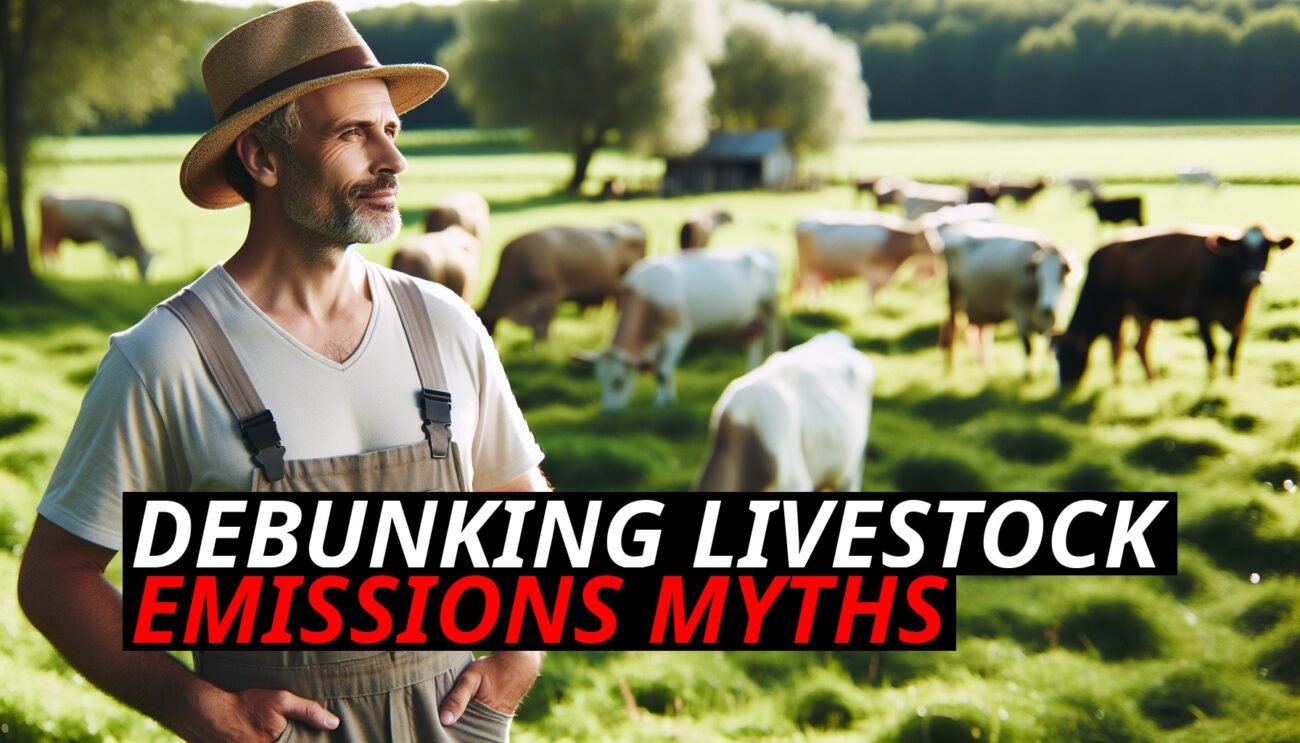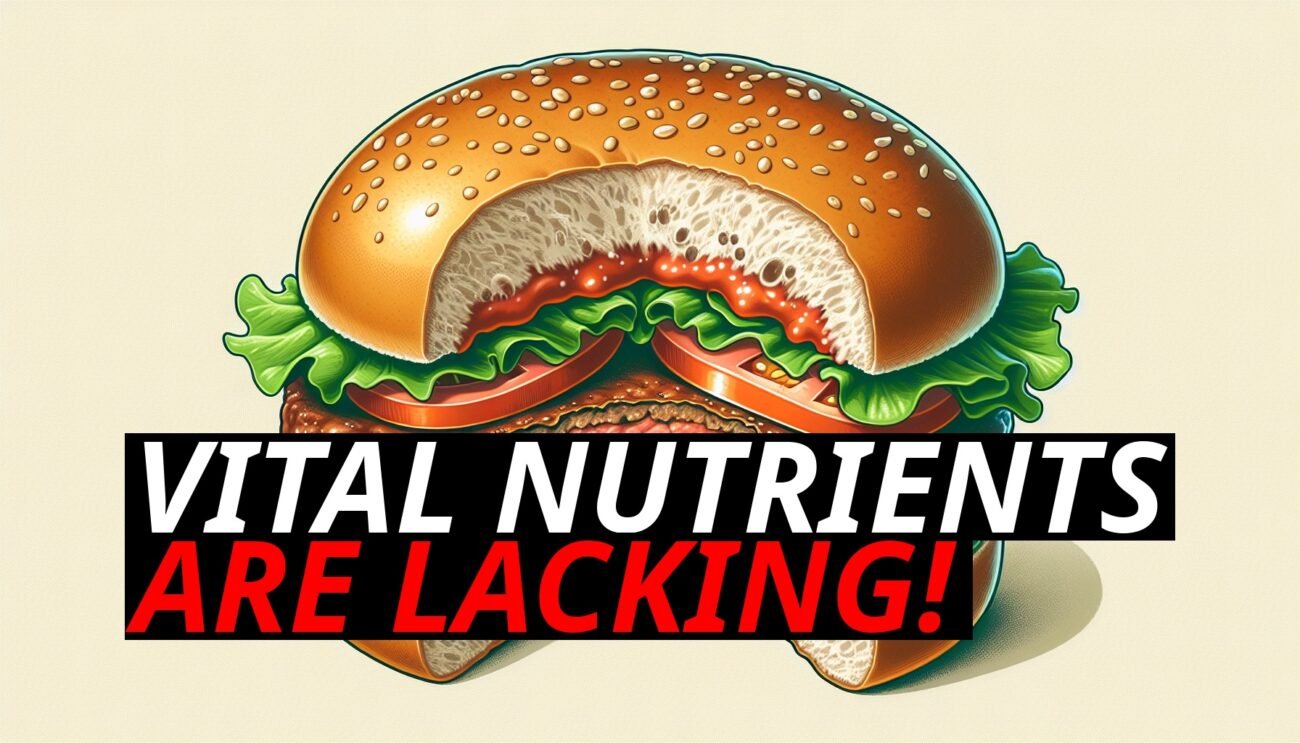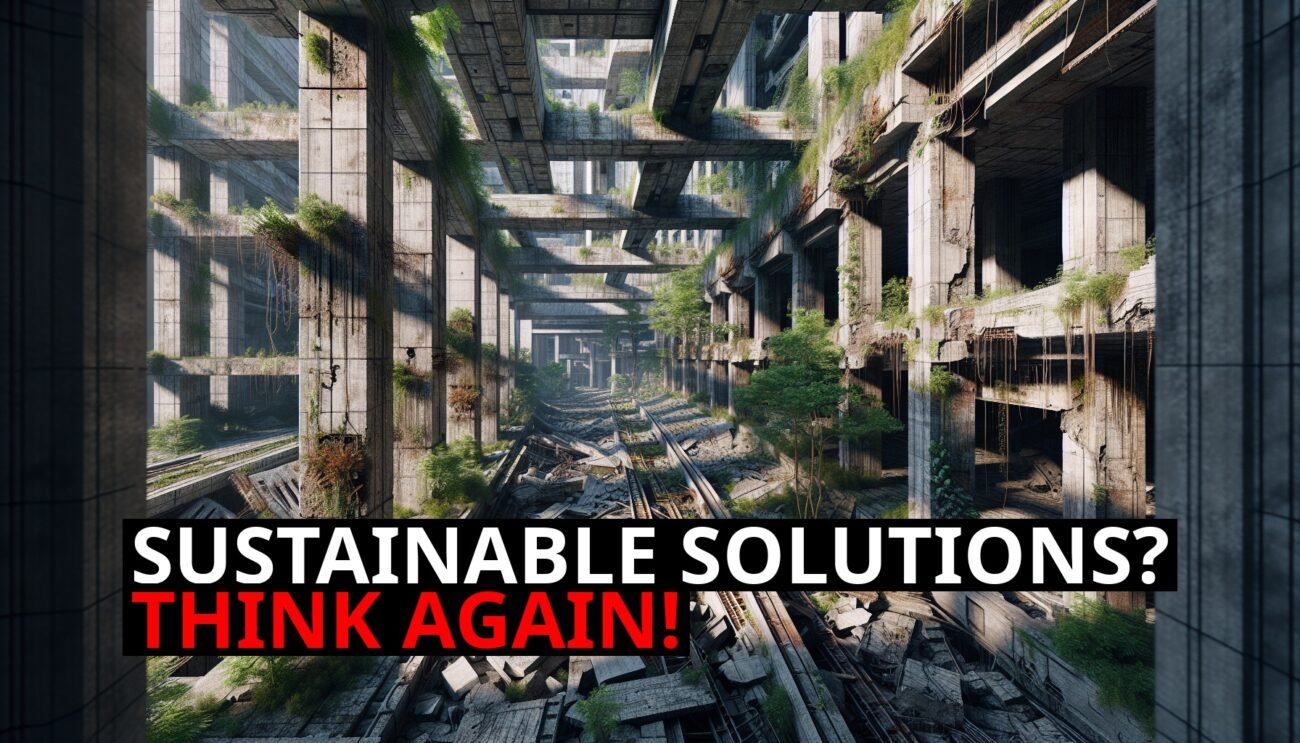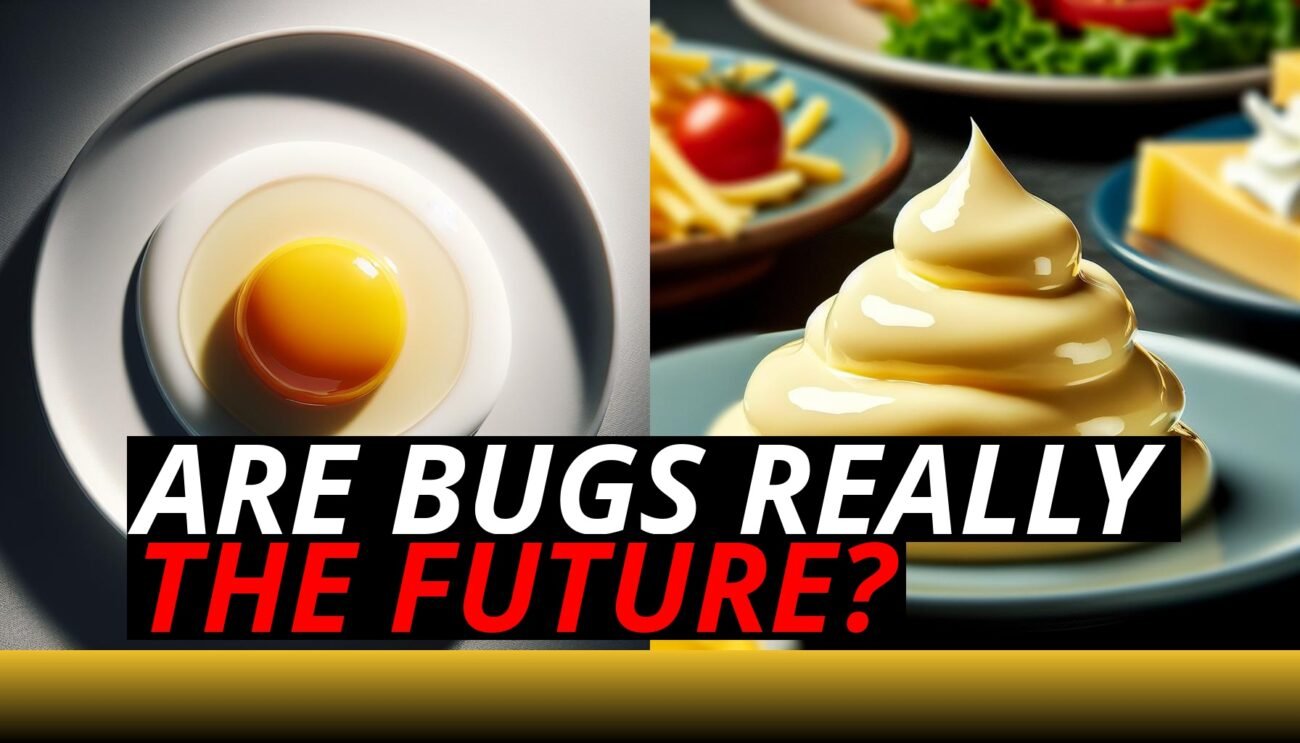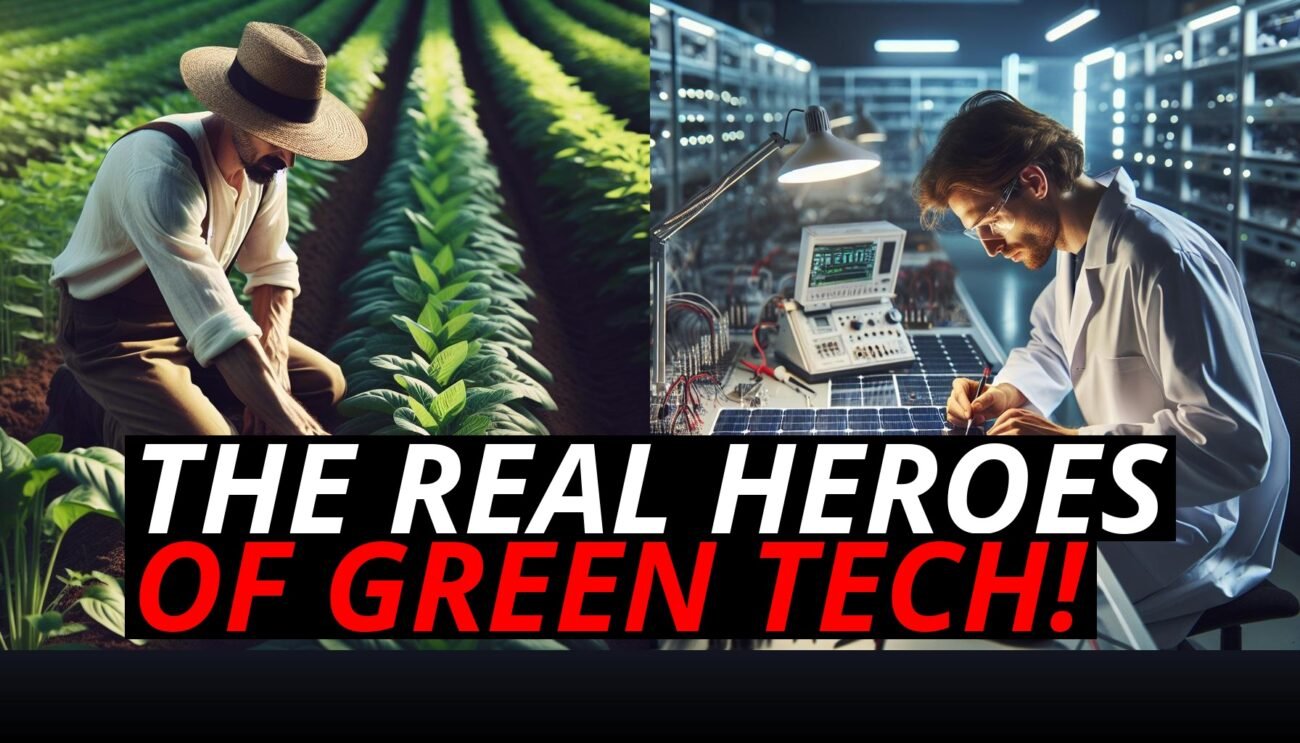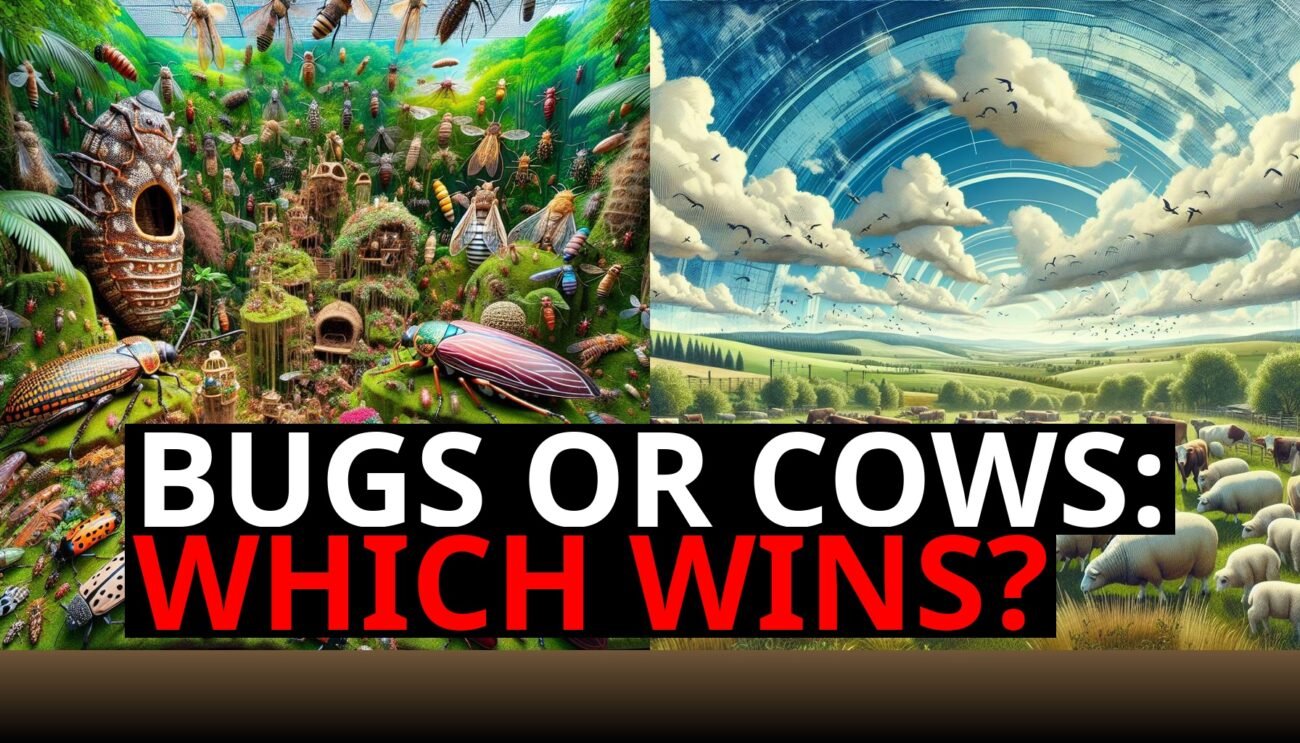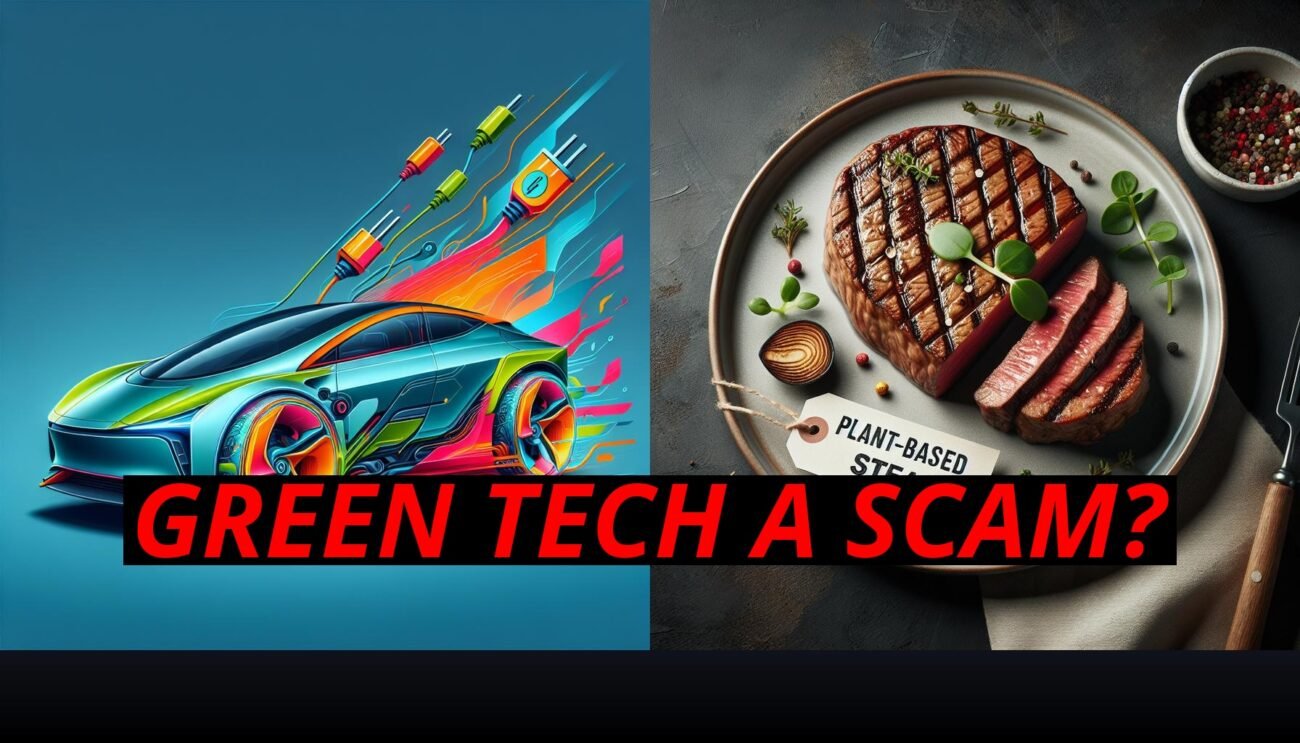The Costly Path From Petri Dish To Plate
Lab-grown meat—once the stuff of science fiction—is now a tangible reality, touted as a sustainable and ethical alternative to traditional meat. But one question looms large: Can it ever become economically viable without undermining its sustainability goals? While the promise of lab-grown meat sounds great on paper, the road to making it a mainstream, affordable, and eco-friendly food option is paved with challenges. Let’s explore the financial and sustainability issues lab-grown meat faces and what needs to happen for it to reach the market effectively.
The Initial Costs: Why Is Lab-Grown Meat So Expensive?
The production of lab-grown meat is no ordinary cooking process. It involves:
- Cell Cultivation: Extracting animal cells and placing them in a nutrient-rich culture to promote growth. This requires highly controlled lab environments, specialized equipment, and meticulous processes.
- Bioreactors: Industrial-scale production relies on bioreactors, which are costly to maintain due to their energy needs and precise climate controls.
- Growth Medium: The “food” for these cells, known as the growth medium, often includes expensive components like amino acids and growth factors. While alternatives are being researched, the current cost is a significant barrier.
All these factors contribute to why lab-grown meat is still significantly more expensive than its traditional counterpart. The million-dollar question is: Can these costs come down without compromising sustainability?
Economies Of Scale: The Classic Solution With A Twist
In many industries, economies of scale help reduce costs when production is ramped up. For lab-grown meat, scaling up production could theoretically bring down prices, but it comes with unique challenges:
- Infrastructure Investment: Scaling lab-grown meat production requires more than just a bigger lab. It demands investment in large-scale bioreactors, better automation, and supply chain adaptations.
- Energy Requirements: Running these systems at a larger scale means a higher energy draw. Unless powered by renewables, this could offset any environmental benefits, making scaling a double-edged sword.
For lab-grown meat to be both economical and sustainable, it must solve the energy conundrum as it scales.
Renewable Energy: A Necessary Partner
Energy use is one of the most significant factors impacting the sustainability of lab-grown meat. Here’s why:
- High Energy Demand: From maintaining bioreactor temperatures to powering lights and climate control, the process is energy-intensive. This makes the type of energy used crucial for sustainability.
- Competing with Other Needs: Even if renewable energy is used, lab-grown meat will compete with other industries for that “clean” energy. The energy grid has finite renewable resources, meaning lab-grown meat could inadvertently rely on fossil fuels, especially in peak demand times.
The solution? A future where energy sources are predominantly renewable could align lab-grown meat with its environmental promises, but getting there requires global shifts in energy infrastructure.
The Sustainability Vs. Cost Trade-Off
Lab-grown meat must navigate a tightrope between affordability and sustainability:
- Sustainable Growth Mediums: The current growth mediums are costly and not always environmentally friendly. Research into plant-based and synthetic growth mediums is ongoing, but finding an option that is both eco-friendly and affordable remains a hurdle.
- Waste Management: The production of lab-grown meat generates waste materials, which need proper disposal or recycling to avoid environmental damage.
Balancing cost reduction with sustainability efforts means that any changes to the production process need to consider long-term environmental impacts.
Is Consumer Acceptance The Missing Piece?
Even if lab-grown meat becomes more economical, there’s still the question of whether consumers will buy it:
- Public Perception: For many, lab-grown meat still feels too much like a science experiment. Convincing consumers that it’s safe, tasty, and better for the environment will require significant marketing and educational efforts.
- Willingness to Pay: Early adopters may be willing to pay a premium for lab-grown meat, but widespread acceptance requires a price point that can compete with traditional meat.
Consumer education and transparency will be essential in building trust and interest.
What Needs To Happen For Viability?
So, what will it take for lab-grown meat to become both economically viable and sustainable?
- Innovation in Energy: The process needs a way to operate efficiently on renewable energy. This could mean integrating solar panels, using geothermal energy, or exploring other innovative energy sources specific to lab-grown meat facilities.
- Improved Growth Mediums: Developing cheaper, plant-based growth mediums that maintain the same quality of cell growth without harming the environment is a top priority.
- Scaling Smartly: Scaling production shouldn’t come at the expense of sustainability. Modular, energy-efficient bioreactors and localized production facilities could help.
A Balanced Perspective: The Road Ahead
While lab-grown meat holds potential, the journey to economic viability and true sustainability is complex. Innovations in energy, production methods, and consumer education will play crucial roles in determining whether this technology can live up to its promise. Until then, lab-grown meat remains an exciting, albeit challenging, contender in the quest for sustainable food solutions.
Balancing affordability, scale, and sustainability is not just a goal; it’s the deciding factor that will determine if lab-grown meat can become more than just an innovative concept and turn into a practical reality.


